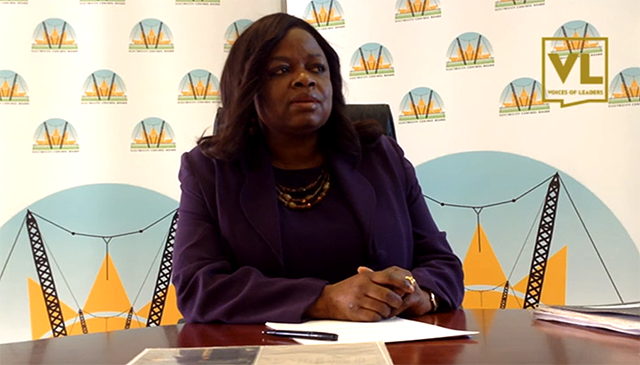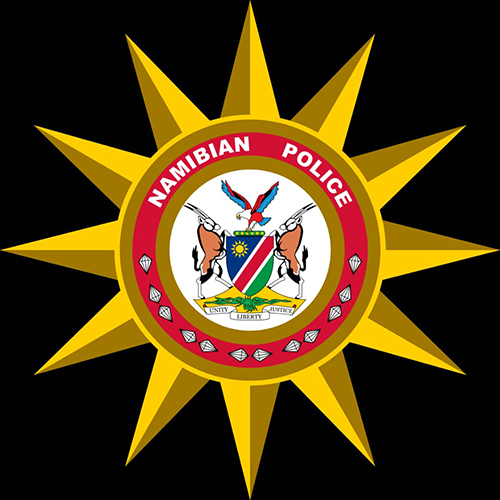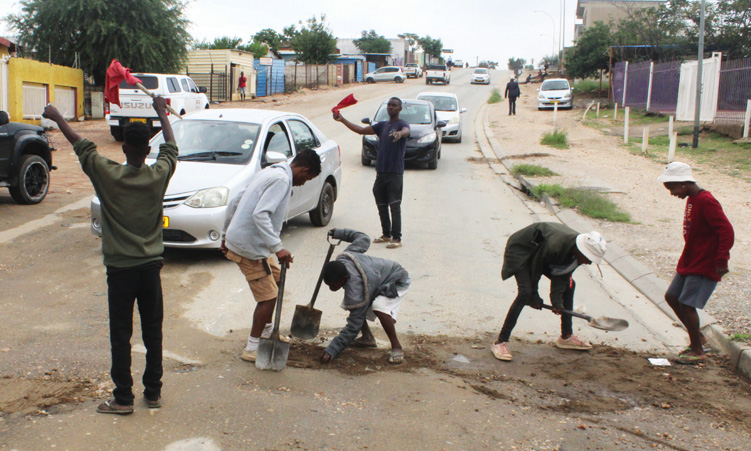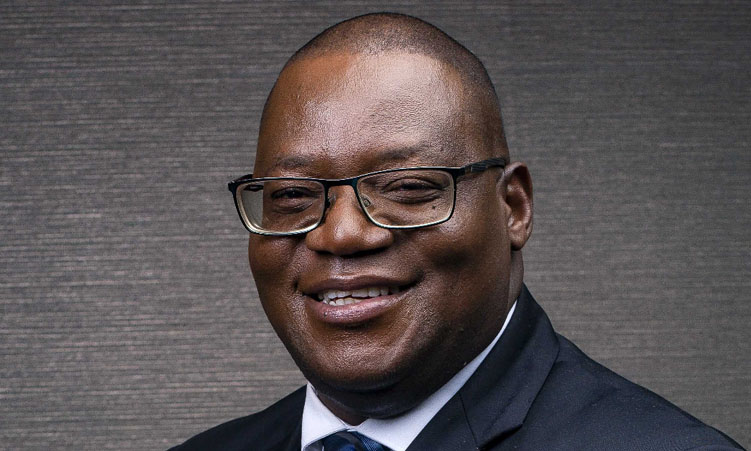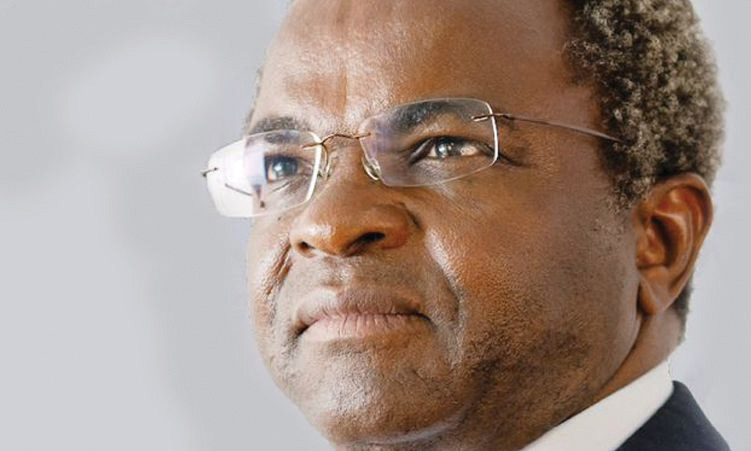LARGE power users are now allowed to procure 30% of their energy requirements directly from private generators, unlike previously when they were limited to buying from NamPower.
This would enable competition, which, in turn, would drive technical and economic efficiency leading to competitive electricity tariffs, said Electricity Control Board chief executive officer Foibe Namene yesterday.
Namene was elaborating on the response of the ministry of mines and energy Tom Alweendo to United Democratic Front parliamentarian Apius Auchab last week.
Alweendo announced that the modified single buyers (MSB) model was implemented on 1 September 2019. He explained that the MSB allows large power users/contestable customers that are connected to the transmission network and independent power producers (IPP) to transact directly with each other for power supply.
This brings competition in the power generation industry, which has been limited to NamPower for generation and supply.
NamPower has been the single buyer of electricity in the country, meaning that private generators had to sell their electricity to NamPower only and electricity distributors also could only buy from NamPower.
This made NamPower the middleman in power generation and sales, however, with the new model, large power users such as distributors can now bypass NamPower and buy straight from the private generators at competitive prices.
According to Namene, MSB opens the market for more private sector investment, thereby reducing reliance on imports.
Furthermore, she said it would “reduce the funding burden/requirement on the government and NamPower for building power plants, as there will be bilateral transactions between IPPs and large power users”.
The energy regulator indicated that MSB has the potential to enhance local electricity production by approximately 400MW solar photo voltaic that can be procured by large power users in the country directly from IPPs.
The 400MW would command an estimated investment worth N$6 billion, which is available to the private sector bilateral agreement, according to the ECB. Opening the electricity generation market would enable more IPPs to come on board and generate power using innovative ways and renewable resources given that they can sell to more than one client competitively.
Previously, IPPs were forced to sell their power to NamPower only through the single buyer model, which affected tariffs and would be passed on to the end-users/customers.
She added that the MSB model had the potential to generate more power by luring local and international investments in the electricity industry, which can lower funding the government extends to NamPower.
“The initiative is to gradually increase local generation, and therefore reduce imports, to attain self-sufficiency as per the government objective and national developmental plans. MSB will further enable the trading of electricity between Namibia and the rest of the region.”
The MSB model is conditional on the registration of large power users with ECB for all those who want to procure their additional power from IPPs.
So far, there are four contestable,customer/large power users registered with ECB, namely Cenored, Cenored-Okahandja joint venture, Swakop Uranium and Orano Mining.
Registration for Keetmanshoop and Mariental municipalities is under way and will be completed by the end of the week.
The market rules would be provided by the minister of mines and energy and, according to Alweendo, they would be published in the Government Gazette soon.
Currently, there are 21 operational IPPs generating a combined 155MW, of which 20 are 70% owned by foreign investors while 30% is in local ownership.
Total investment of the155MW is approximately N$2,5 billion.
MSBs require the large power users to be connected to the main transmission network for them to buy directly from IPPs, which could disadvantage other big users that are not connected to the main network.
To address the connection worries, Namene explained that the MSBs would be implemented in phases.
Phase 1A, September 2019 to June 2021, transmission-connected customers can procure up to 30% of their energy requirements from IPPs.
Phase 1B, which is from July 2021 to June 2026, distribution connected customers above 1MW would be allowed to procure from IPPs too.
However, individual consumers who want to take advantage of self-generation by using renewable energy such as solar may do so in accordance with the net metering rules. Under these rules, customers are allowed to install renewable energy generation plants for own use and may feed excess into the distribution grid to offset future own electricity bills.
Stay informed with The Namibian – your source for credible journalism. Get in-depth reporting and opinions for
only N$85 a month. Invest in journalism, invest in democracy –
Subscribe Now!




